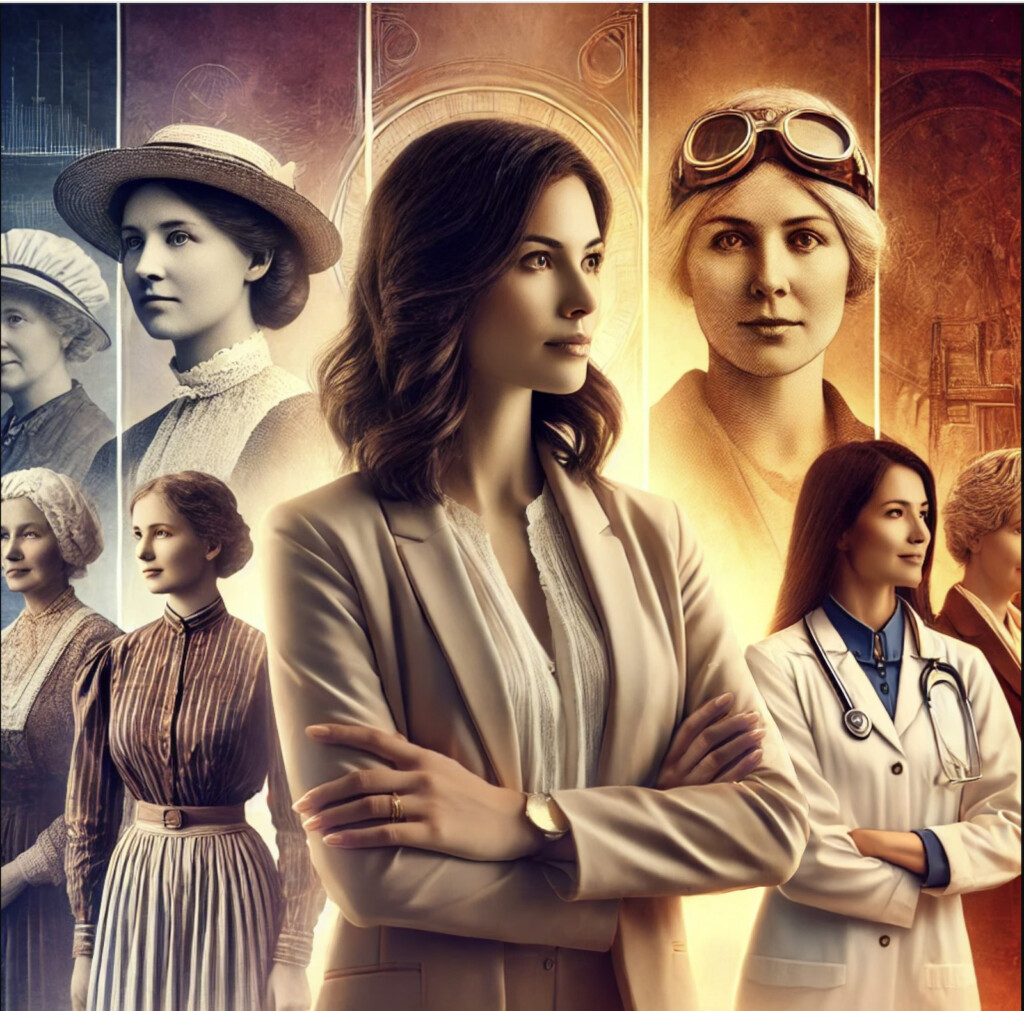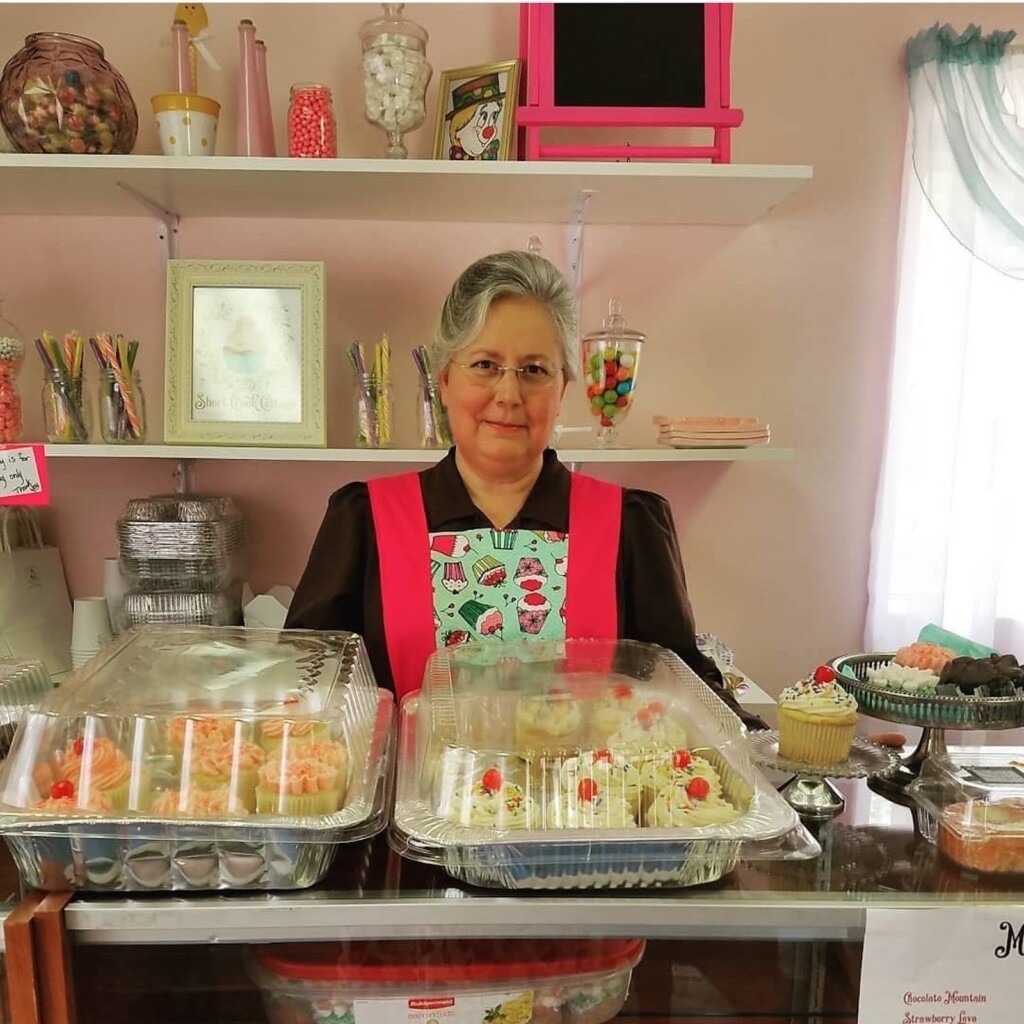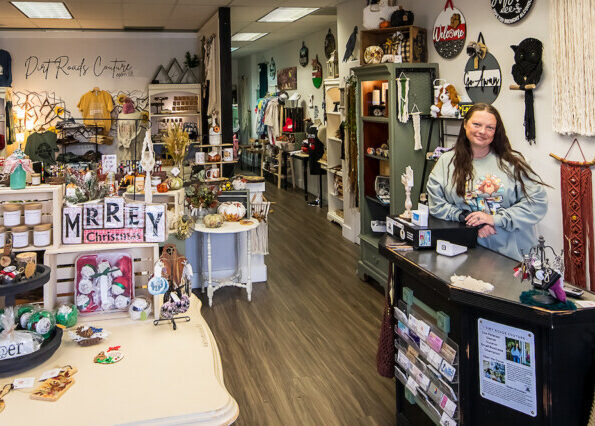“If you want something said, ask a man; if you want something done, ask a woman,” said the late British Prime Minister, Margaret Thatcher. This has proven true on many occasions throughout my career.
Before moving to Utah, I didn’t know much about the state’s culture or its dominant religion. My only encounter with it was when I saw young Church of Jesus Christ of Latter Day Saints missionaries on the streets of Munich 26 years ago. Back then, I mistook them for Amish due to their somber clothing and humble demeanor. You can imagine my surprise upon arriving in Salt Lake City and seeing no horse-drawn buggies.
However, the women I saw at the Salt Lake International Airport who looked like extras from Little House on the Prairie, turned out to be from the FLDS (Fundamentalist Latter-Day Saints). I was shocked to learn that polygamy was still a practice in some communities and couldn’t understand why any woman would ‘choose’ such a life. At the same time, I was struck by how happy and content many of these women seemed, often raising large families of five or more children.
Later, I came across troubling statistics, such as the opioid epidemic that had taken a huge toll on Utah women. In 2014, the state led the nation in the rate of opioid prescriptions for pregnant women — 41.6% — nearly double the national rate of 22.8%. Honestly, after witnessing many Utah women juggling so many children, I could see how the pressure might drive some of them to seek relief in such a way.
When I started building my career in the early 2000s, I often felt patronized by men. This was commonplace in a state where traditional roles were still deeply ingrained. But Utah has made significant strides when it comes to women’s rights. Since the 1950s, the labor force participation of women in Utah has risen from 24.5% to 60.7%, surpassing the national average. However, Utah women are still more likely to work part-time compared to women nationwide.
As I grow older, I find myself wondering whether that trend is more of a blessing than a curse. While only about 16% of Utah businesses are owned by women, the state ranks second nationally in the growth of women-owned businesses over the last two decades, with a remarkable 77% increase.
As a physicist, I’ve experienced firsthand the underrepresentation of women in science, as well as the frustrating reality that women are often paid less than their male counterparts. Today, many of us talk about inequality, the strength it takes to rise in a male-dominated world, and the sacrifices required to get to the top. But just think — 100 years ago, women couldn’t even vote, and yet, some found ways to make their mark.
During this November, we shine a light on strong women throughout history, including those from the FLDS community, as well as women who have transformed their lives and, in turn, shaped the communities around them. Their stories are a testament to the resilience and strength of women, no matter the era or circumstance.
Feature Image created by AI.






